Exploring Postures
Meaning and Overview
There are several exploring postures that mice use to explore the different areas of the body, and these include upright, oblique, sideways and stretched attention posture. Upright exploration is when a mouse rears up on its hind legs. Oblique is when exploration is done while the mouse has its forebody off the floor and it is sitting up, resting on its haunches. In a sideways exploration posture, a mouse has all four paws on the cage floor. In all three of these postures, the mouse orientates in different directions. The first three postures occur when the actor and recipient are in close proximity. However, stretched attention posture usually occurs when the recipient is moving away, and the actor wishes to continue its exploration. In this posture, the mouse braces its hind legs, stretches it body forward and directs its eyes, ears and vibrissae towards the recipient.
The posture assumed by the recipient often determines the area that will be explored, and the actor will position itself accordingly to gain the most access to the region of exploration. For example, in anogenital exploration, a recipient's anogenital region is more exposed in a sideways posture, compared to the anogenital region making contact with the cage floor in an oblique posture. The actor is then likely to assume a sideways posture, in order to situate its body low enough to the ground to sniff the recipient's anogenital region.
Hints to Identifying and Distinguishing Behavior:
The difference between facial sniffing for food information vs. exploratory purposes is difficult to distinguish. This website has observed and defined two distinctly different forms of facial sniffing. The first, labeled as facial exploration, is a brief, casual exploration of the general facial area that is often combined with other forms of body exploration. The second, labeled as food information facial sniffing, is a more intense exploration focused more around the mouth area and it is longer in duration.
Aggressive postures are similar to the postures found in other behaviors; the difference is the behavior context. For example, oblique postures are found in exploratory and aggressive behaviors, and it is the action that determines whether the oblique posture is aggressive or exploratory.
